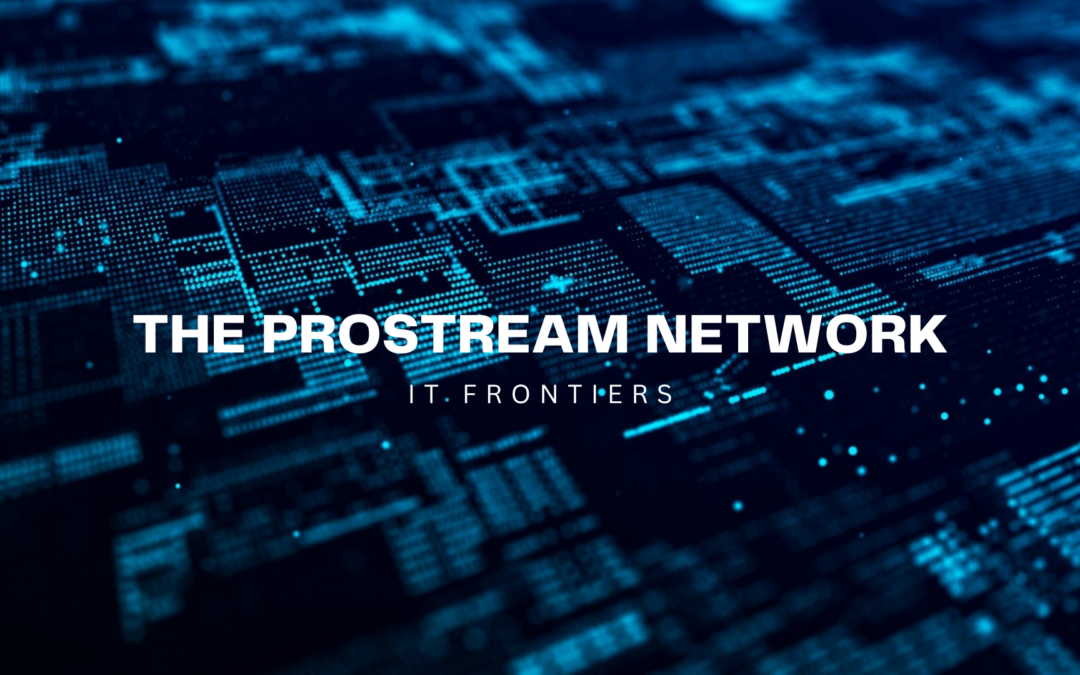In today’s fast-paced and constantly evolving cybersecurity landscape, understanding and mitigating threats is an ongoing challenge. Threat intelligence has emerged as a critical component in this battle, offering organizations actionable insights to identify, assess, and respond to potential cyber threats. This article explores the global role of threat intelligence, unraveling its significance and highlighting its various dimensions.
What is Threat Intelligence?
Threat intelligence involves the collection, processing, and analysis of data related to potential or current cyber threats. It provides organizations with the information needed to make informed decisions about their cybersecurity posture. This intelligence goes beyond raw data, offering insights that are essential for anticipating, preventing, and mitigating cyber attacks.
The Dimensions of Threat Intelligence
Threat intelligence can be categorized into several dimensions, each serving a specific purpose within the broader cybersecurity strategy:
- Strategic Intelligence: Provides high-level insights into the trends, motives, and objectives of cyber adversaries. It helps organizations understand the larger threat landscape and align their security strategies accordingly.
- Tactical Intelligence: Focuses on the specific tools, techniques, and procedures (TTPs) used by attackers. This type of intelligence is crucial for developing defense mechanisms that can effectively counter these tactics.
- Operational Intelligence: Deals with the real-time monitoring and analysis of cyber threats. It provides immediate alerts and guidance to security teams, enabling quick responses to potential threats.
- Technical Intelligence: Involves the detailed analysis of threat data, including malware signatures, IP addresses, and other technical indicators. This intelligence is often used to develop detection tools and to understand the technical aspects of cyber threats.
Turning Data into Actionable Insights
Effective threat intelligence is about more than just gathering data; it’s about transforming that data into actionable insights that can inform and enhance an organization’s cybersecurity strategy. As Peter Glashoff, Director at ProStream South Africa, aptly puts it:
“Threat intelligence is more than just data; it’s about turning information into actionable insights. At ProStream, we prioritize both technological integration and human expertise to create a robust defense against cyber threats.”
This quote underscores the importance of not only having the right technology in place but also leveraging human expertise to interpret and apply threat intelligence effectively.
The Role of Threat Intelligence in a Global Context
On a global scale, threat intelligence plays a vital role in uniting organizations in the fight against cyber threats. By sharing threat intelligence across industries and borders, organizations can benefit from collective knowledge and develop more effective defense strategies. This collaborative approach helps to create a more resilient global cyber security ecosystem.
Looking Ahead
As cyber threats continue to evolve, the role of threat intelligence in cybersecurity becomes increasingly important. Organizations that prioritize threat intelligence are better equipped to anticipate and defend against attacks, ensuring the security of their digital assets. At ProStream, we remain committed to integrating advanced threat intelligence with our expertise to provide our clients with the highest level of protection.
Stay tuned for more insights into how ProStream is navigating the complexities of modern cybersecurity. Engage with us on LinkedIn and share your thoughts on the evolving role of threat intelligence.


